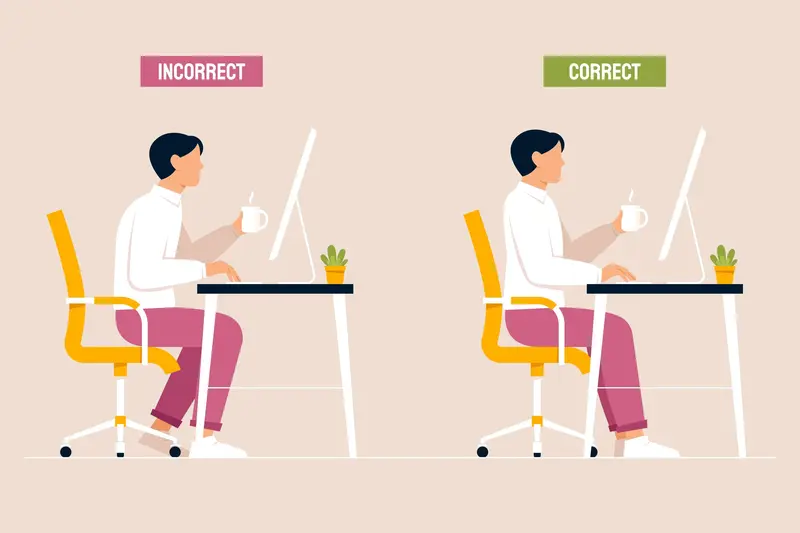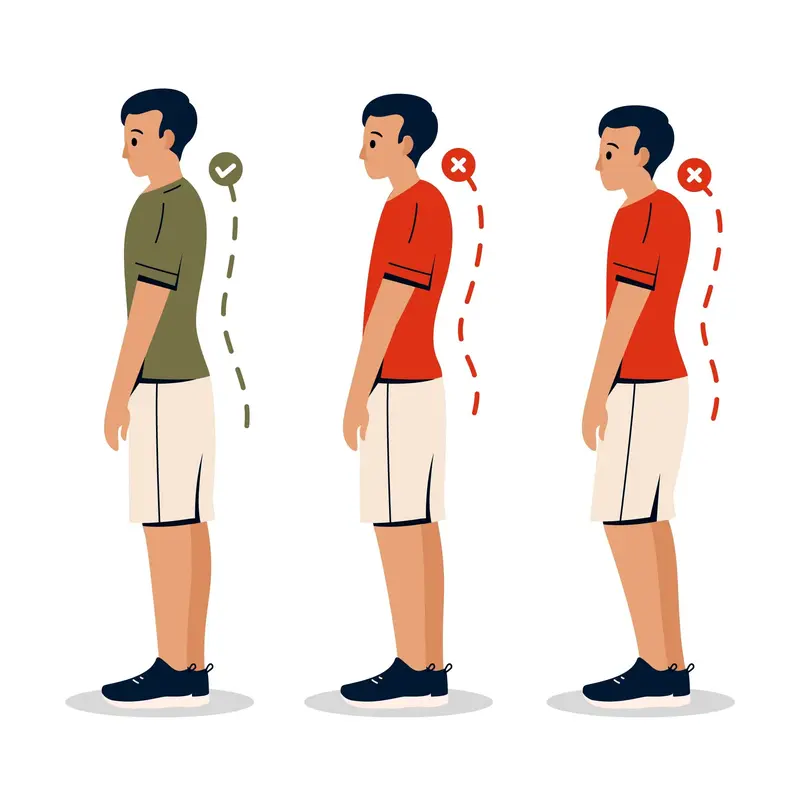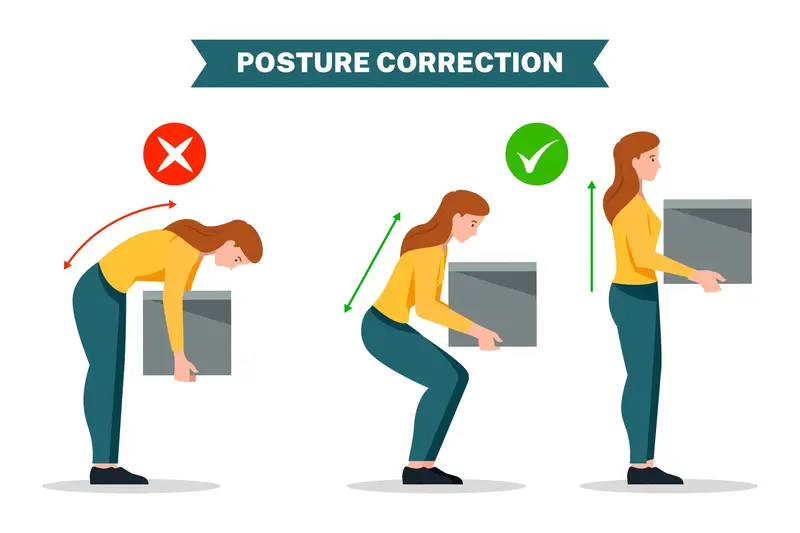
Have you ever felt aches and pains after a long day at work or wondered why some tasks leave you exhausted? The answer often lies in how our bodies interact with our environment. This is where ergonomics comes into play, especially in the field of physiotherapy.
Ergonomics is all about designing our workspaces, tools, and daily activities to fit our bodies, reducing strain and preventing injuries. In this blog, we’ll explain what ergonomics means in physiotherapy and how it can help you live a healthier, more comfortable life.
What is Ergonomics in Physiotherapy?
Ergonomics is the science of designing things—like tools, workspaces, and tasks—to fit people comfortably and safely. Instead of forcing people to adjust to things that don’t work well for their bodies, it focuses on creating solutions that match how we naturally move and function.
In physiotherapy, it’s about understanding how our bodies move and function. Then using that knowledge to create environments and routines that support our physical health. In your day-to-day life, ergonomics plays a key role in keeping you pain-free and productive.
A study published in Taylor & Francis shows how ergonomic changes can make a big difference in reducing workplace injuries and boost well-being. This research underscores how small changes in how we work and move can have a big impact on our health.
Why Does Ergonomics Matter?
Think about how much time you spend sitting at a desk, lifting groceries, or even scrolling on your phone. If these activities aren’t done with proper body mechanics, they can lead to discomfort, pain, or even long-term injuries like back pain. Physiotherapists use ergonomics to:
- Prevent Injuries: By teaching you how to move and work in ways that reduce strain on your body.
- Promote Recovery: By adjusting your environment and activities to support healing after an injury.
- Enhance Comfort: By making everyday tasks easier and more efficient.
Practical Tips to Apply Ergonomics in Your Life
Here are some simple ways to incorporate ergonomic principles into your daily routine:
1. Set Up Your Workspace

Chair: Adjust your chair so your feet are flat on the floor, and your knees are at a 90-degree angle.
Desk: Ensure your desk height allows your elbows to rest comfortably at your sides while typing.
Monitor: Position your screen at eye level to avoid straining your neck.
2. Practice Good Posture
Sit or stand with your back straight, shoulders relaxed, and chin slightly tucked. Avoid slouching or leaning forward for long periods.

3. Move Regularly
Take short breaks every 30 minutes to stretch and walk around. Incorporate gentle stretches for your neck, shoulders, and back throughout the day.
4. Lift Smart
Bend your knees, not your back, when lifting heavy objects. Keep the load close to your body to reduce strain on your spine.

5. Use Ergonomic Tools
Invest in supportive equipment like ergonomic keyboards, mouse pads, or standing desks. Consider using assistive devices if you have physical limitations.
How Physiotherapists Use Ergonomics
Physiotherapists are experts in movement and function. They can assess your daily activities and work environment to identify potential risks for injury. For example:
- If you have a desk job, they might recommend adjustments to your workstation or teach you exercises to counteract the effects of sitting.
- If you’re recovering from an injury, they can modify your tasks or suggest adaptive tools to help you heal safely.
The Bigger Picture
Ergonomics isn’t just about fixing problems—it’s about preventing them. By making small changes to how we work, move, and live, we can protect our bodies from unnecessary stress and strain.
Final Thoughts
Ergonomics in physiotherapy is a powerful tool for improving your quality of life. It’s about creating harmony between your body and your environment, so you can move with ease and confidence. If you’re experiencing discomfort or want to learn more about how ergonomics can help you, consider consulting a physiotherapist.
We at Physioveda provide personalized advice and solutions tailored to your needs. Remember, small changes can lead to big results.
